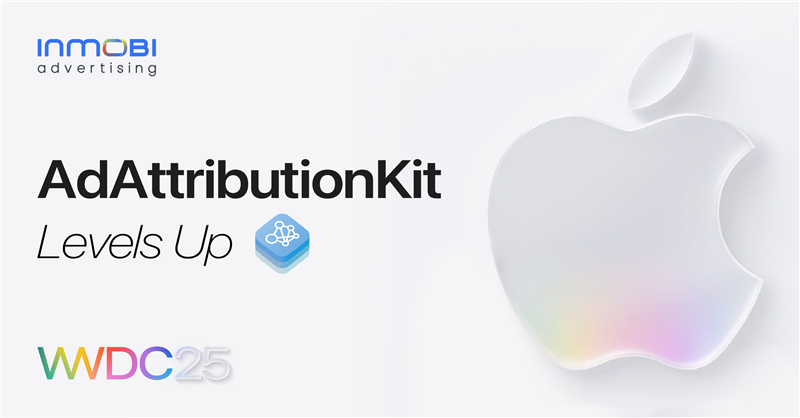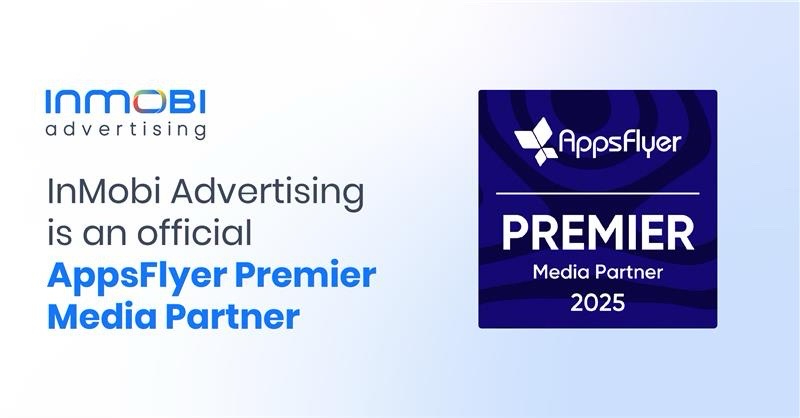- Acquiring New Users | Advertising
- Advertising
- Product and Technology
Welcome to your one-stop resource for all the tools and insights you need to succeed in the privacy-first world with Apple's AppTrackingTransparency (ATT)…
Fuel campaign performance with laser-focused targeting
Welcome to your one-stop resource for all the tools and insights you need to succeed in the privacy-first world with Apple's AppTrackingTransparency (ATT)…











Discover how mobile marketers across the globe are leveraging InMobi to understand, identify, engage and acquire new customers.
LEARN MORE

Discover how mobile marketers across the globe are leveraging InMobi to understand, identify, engage and acquire new customers.
LEARN MORERegister to our blog updates newsletter to receive the latest content in your inbox.